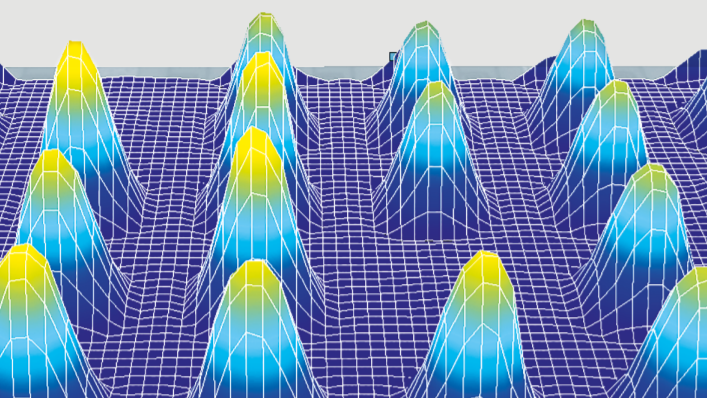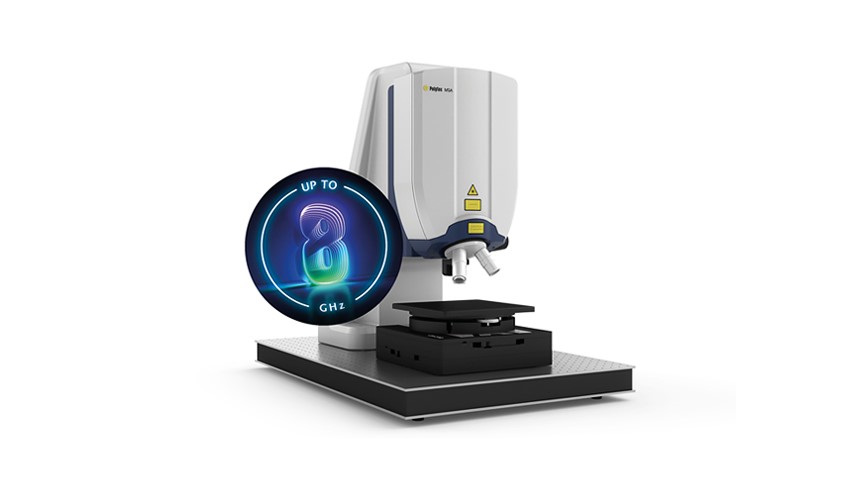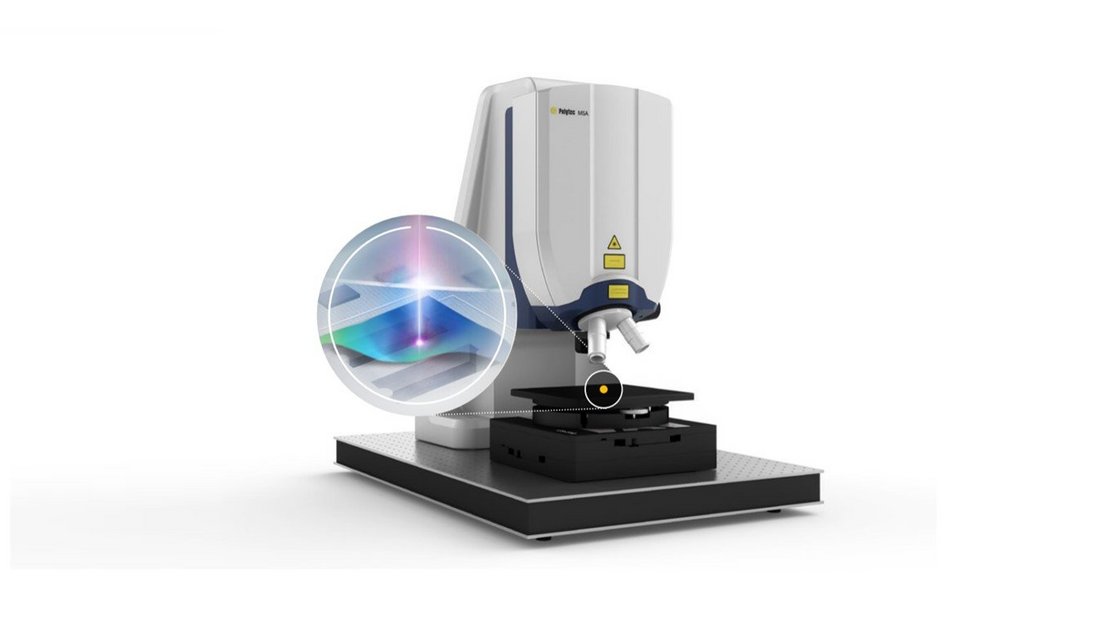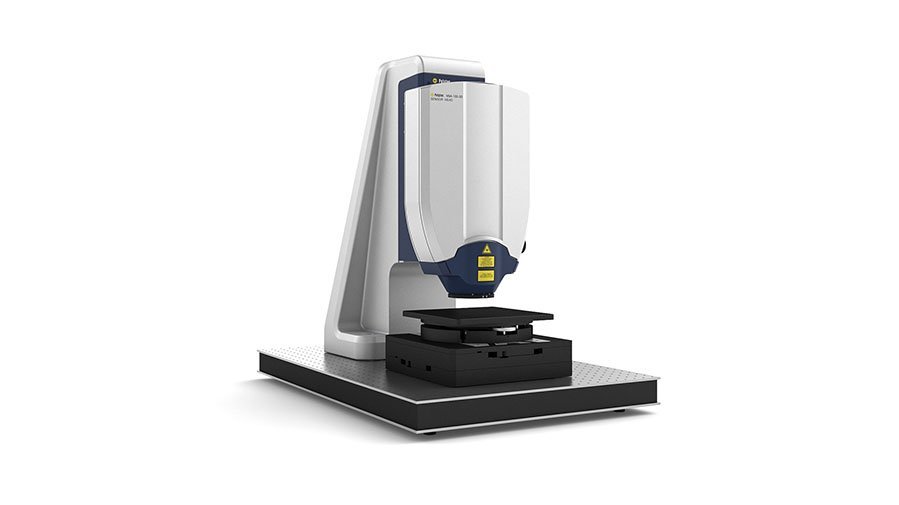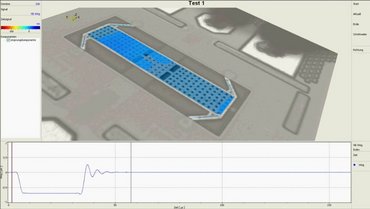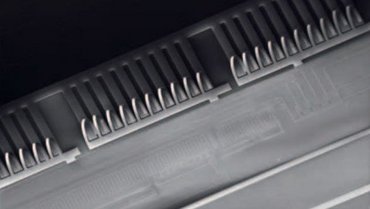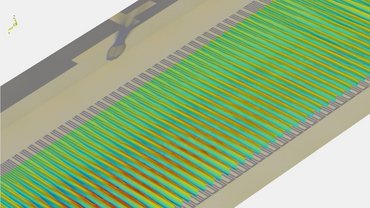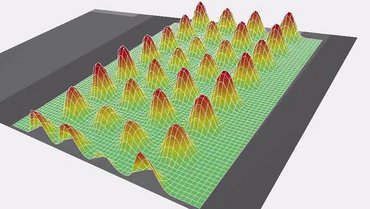Characterizing ultrasonic transducers in real time
Ultrasonic transducers produced using microsystems technology are promising for medical ultrasonic applications. Here, you essentially make a distinction between so-called pMUTs and cMUTs (piezoelectric Micromachined Ultrasonic Transducers and capacitive Micromachined Ultrasonic Transducers respectively).
cMUTs have unique properties compared with conventional elements. Thanks to the membrane’s bending mode deflection shape, the transducer’s mechanical impedance reduces, while energy transfer to the ambient medium improves at the same time. Microfabrication also enables affordable series production of cMUTs using semiconductor technology. The semiconductor switching circuit can be directly integrated on the same chip, so as to simply create even large-sized 1D or more complicated 2D array configurations.
Polytec Magazine
Simulation vs. measurement
FEM simulation and measurement validation of an ultrasound transducer
Diagnosis in a breath
Non-destructive measurements for determining the performance of a CMUT ultrasound transducer

Determining the spatial pressure field on cMUT
A combination of different methods is often used to characterize new ultrasonic transducers. Finite element simulations predict the transducer’s behaviour, taking the surrounding medium into consideration too. You can then measure new transducer prototypes with microscope-based laser vibrometers such as the Polytec MSA Micro System Analyzer, to directly determine the mechanical frequency response of the sound transducer surface. In doing so, you will come to appreciate the large frequency bandwidth and real time capability that you use to reliably and accurately measure transient processes in particular.
IMEC in Belgium characterized a unique cMUT with the Polytec MSA and, based on the results, determined the spatial pressure field in the transfer medium using the Rayleigh integral method. The results were subsequently confirmed with independent hydrophone measurements.


